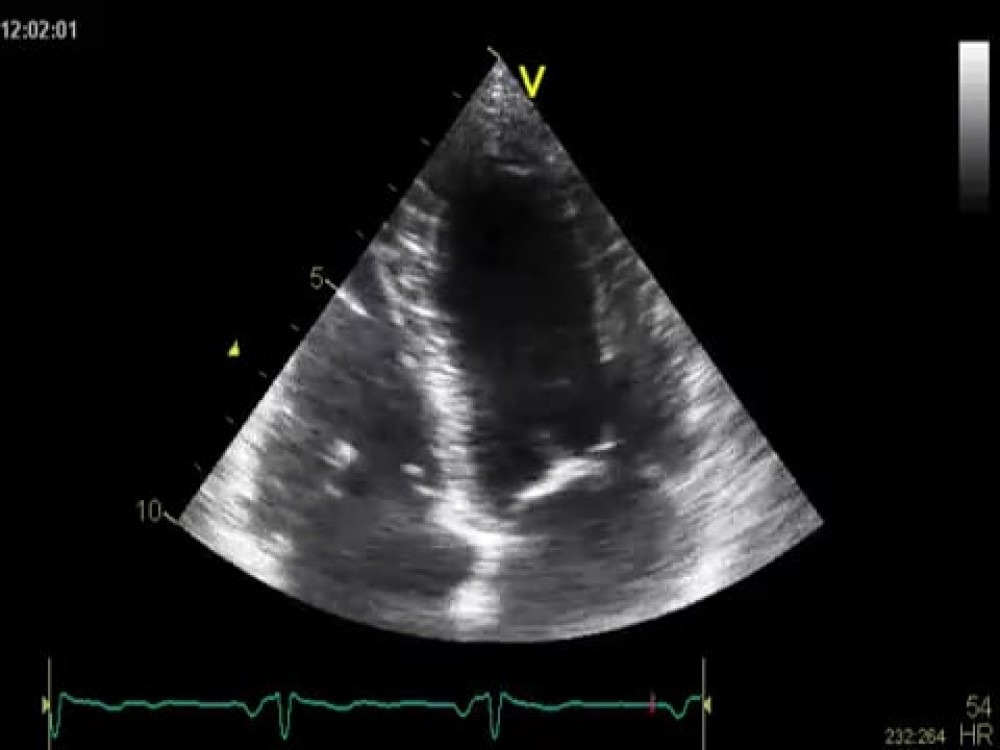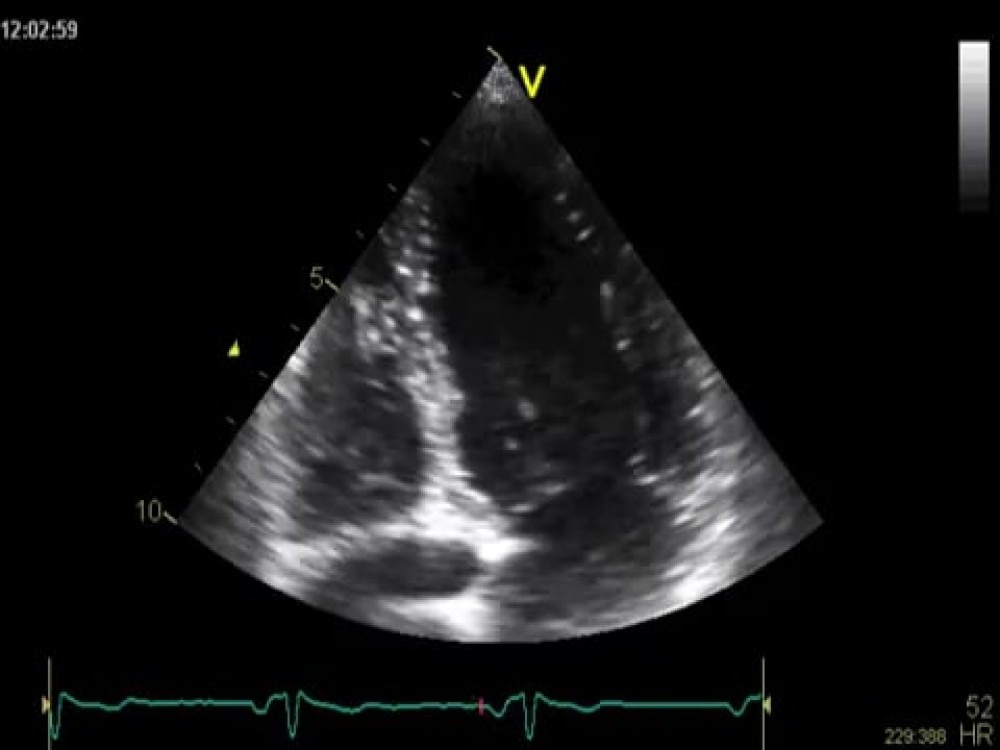1.6.5 Harmonic Imaging
Harmonic imaging is a technique that employs the resonance characteristics of tissue. As images produced with harmonic imaging have a higher resolution and are associated with fewer artifacts than conventional (fundamental) imaging, it is now the principal technique used in echocardiography. When an ultrasound wave passes through the body, the tissue generates "harmonic ultrasound waves" because the tissue resonates. The resonance frequency is typically a multiple of the original frequency (transmitted frequency) at which the tissue was insonated. Harmonic wave generation is similar to the overtones of a musical note. The harmonic frequencies are reflected back to the transducer, where they are used to create the image. Specifically, the second harmonic frequency is used. All other harmonic frequencies and the fundamental component are filtered out. The receive frequency of modern transducers is two-fold higher than the sending frequency.
Harmonic Imaging
Harmonic imaging uses the resonance characteristics of tissue. The receive frequency of the transducer is two-fold higher than its transmit frequency.

The advantages of harmonic imaging are its fewer artifacts and better image quality.


